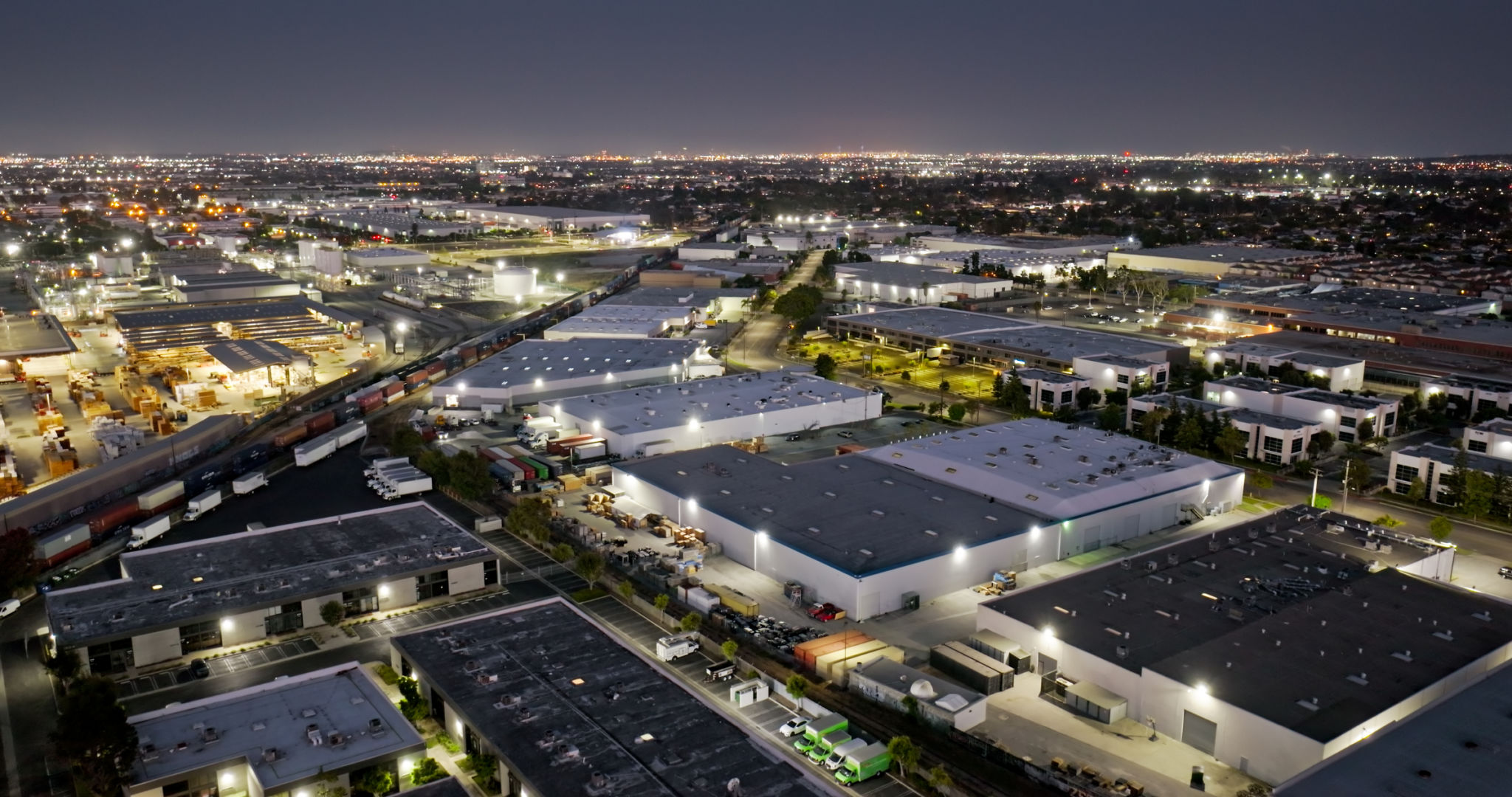Exploring Minimalist Warehouse Designs: A Guide to Functional Elegance
Understanding Minimalist Warehouse Design
The concept of minimalist design has transcended beyond residential spaces and is now making a significant impact in industrial environments, including warehouses. Minimalist warehouse design focuses on simplicity, efficiency, and functionality, creating a workspace that is both aesthetically pleasing and highly practical. By stripping away excess and emphasizing clean lines and open spaces, businesses can enhance productivity and streamline operations.
Benefits of Minimalist Warehouse Design
The advantages of adopting a minimalist approach in warehouse design are numerous. Firstly, it promotes better organization by ensuring everything has its place. This not only saves time when locating items but also reduces the risk of misplaced inventory. Secondly, a cleaner environment often leads to improved employee morale and safety, as clutter is minimized and pathways are clear.
Additionally, minimalist designs often incorporate sustainable practices, such as using natural light and energy-efficient materials. This can lead to reduced operational costs and a smaller carbon footprint, aligning with modern sustainability goals.

Key Elements of Minimalist Warehouse Design
Implementing minimalist design in a warehouse setting involves focusing on several key elements. One of the primary considerations is the layout. An open floor plan with strategically placed workstations and storage areas facilitates a smooth workflow and maximizes space utilization.
Another essential element is the choice of materials. Opting for neutral colors and durable materials not only enhances the visual appeal but also ensures longevity and easy maintenance. The use of glass partitions or large windows can enhance natural lighting, reducing the need for artificial light sources during the day.

Incorporating Technology
Technology plays a crucial role in achieving a minimalist warehouse design. Automated systems for inventory management, such as barcode scanners and RFID tags, help maintain an accurate and efficient inventory process without physical clutter. Additionally, digital displays can replace traditional bulletin boards for communication and updates, further reducing paper usage.
Smart Storage Solutions
Adopting smart storage solutions is another aspect of minimalist warehouse design. Vertical storage racks, modular shelving systems, and mobile aisles enable businesses to make the most out of their available space. These solutions not only enhance storage capacity but also maintain the clean aesthetic typical of minimalist design.

Challenges and Considerations
While minimalist warehouse design offers numerous benefits, it also presents certain challenges. Ensuring that the space remains functional while maintaining its aesthetic can be difficult. It requires careful planning and a clear understanding of the company’s operational needs. Additionally, there may be initial costs associated with redesigning or updating existing systems to align with minimalist principles.
Maintaining Minimalism Over Time
Once a minimalist design is implemented, maintaining it can be challenging as operations evolve. Regular audits of inventory and layout can ensure that the space continues to meet efficiency standards. Encouraging employee involvement in maintaining organization and cleanliness is also crucial for long-term success.
In conclusion, exploring minimalist warehouse designs offers businesses an opportunity to enhance functionality while embracing elegance. By focusing on simplicity and efficiency, companies can create an environment that supports both productivity and employee satisfaction.